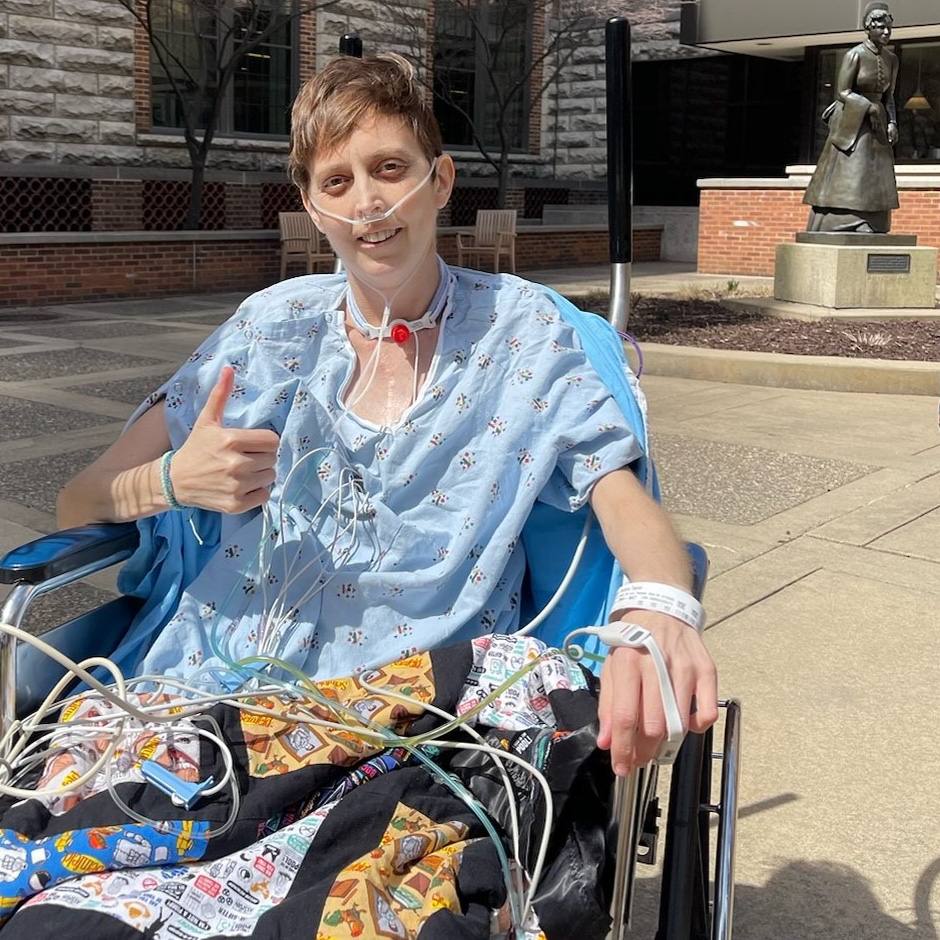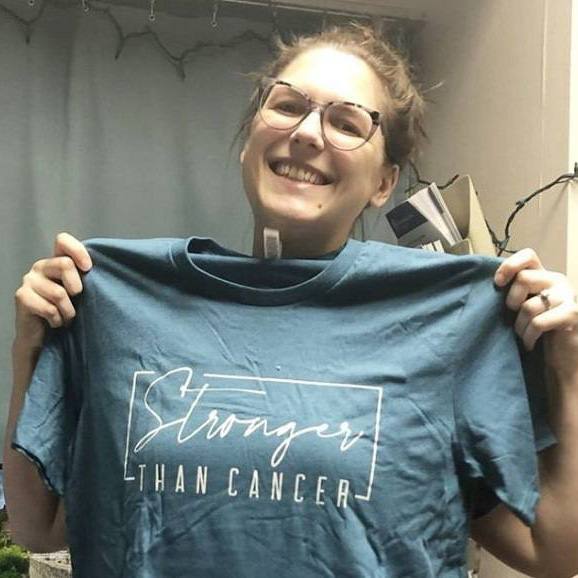-
Sharing Mayo Clinic
Lesson learned: Don’t ignore nagging chest pain
For weeks, Amy Brase had brushed off nagging chest pain.
“It just didn’t seem like an emergency,” says Brase, a 36-year-old writer and mother of three from Oronoco, Minn.
But after reading an article on heart attack symptoms in women, her husband, Adam, began doing a bit of nagging himself.
“Adam e-mailed me part of the article he’d read and asked if I’d called the doctor yet,” says Brase. “I was supposed to leave for Georgia the next day, and he urged me to see a doctor before my flight.”
Brase called her primary care provider’s office and was scheduled to see Michael Stark, a nurse practitioner, later that day.
Stark evaluated Brase, then ordered a chest X-ray, electrocardiogram and a blood test. That evening, he called Brase at home to tell her that the blood test indicated she had high levels of a clot-dissolving substance called D-dimer in her blood, which can indicate the presence of blood clots.
“I was surprised that a provider I had just met that day cared enough to call me after-hours with my results,” says Brase. Stark also called Vicki Jacobsen, M.D., Brase’s primary care provider, to discuss the next steps for her care.
The next day, Brase had a computed tomography (CT) scan of her chest. As she was driving home, she received a phone call with the results, which showed what looked like a blood clot in her lung. Brase drove to the Emergency Department at Saint Marys Hospital, where doctors discovered a blood clot in her leg. A piece of the clot had broken off, traveled through her heart and lodged in her lung, a serious condition called pulmonary embolism.
Though pulmonary embolism can be life-threatening, Brase says she never felt afraid.
“Throughout this experience, there was a team of people looking at my records and results and talking about my case to make sure they weren’t missing anything.”
“The staff in the Emergency Department were very calm and reassuring,” says Brase. “They told me, ‘We see this often, and you are going to be fine.’”
Brase was hospitalized overnight and took blood thinners for three months to break up the clots. She now takes a baby aspirin daily to keep her blood from clotting.
“This experience taught me that I need to pay attention to my own body and investigate unusual signs and symptoms,” says Brase. “In hindsight, I realized that a few weeks before the chest pain started, I’d had significant leg pain after a long car trip. The pain subsided after a week or two, and then the chest pain started. I minimized all the symptoms. Ultimately, it took my husband’s encouragement, a thorough nurse practitioner and a team of doctors consulting to get me the effective and necessary treatment I didn’t even realize I needed.”
A longtime Mayo Clinic primary care patient, Brase says she has a new appreciation for the clinic’s team approach to care.
“There’s a big safety net at Mayo, with lots of people holding on,” says Brase. “Throughout this experience, there was a team of people looking at my records and results and talking about my case to make sure they weren’t missing anything. Collaboration is not just a goal at Mayo; it’s the secret to meeting the true needs of the patients.”
Related Departments
Related Articles








